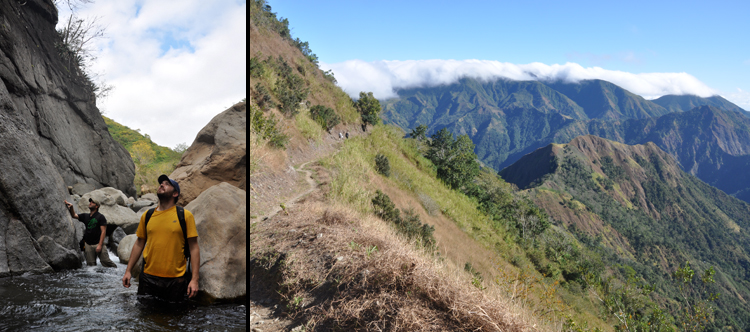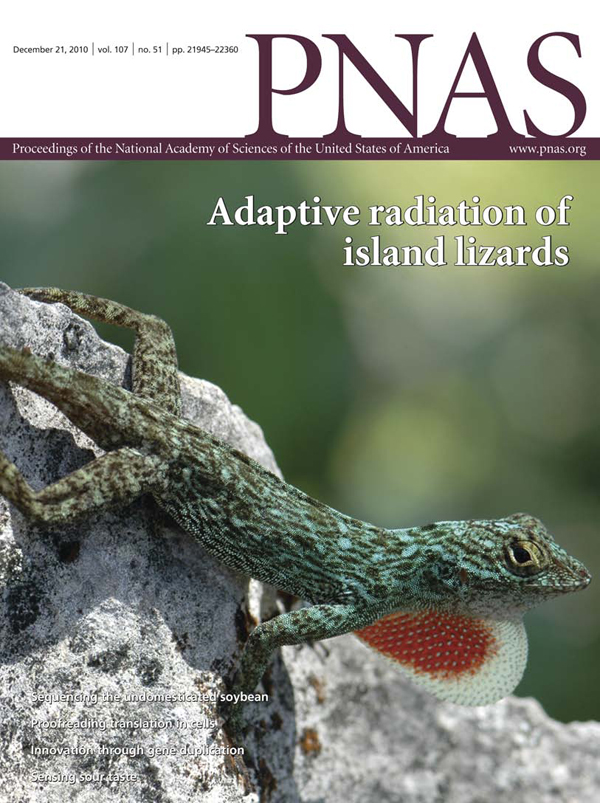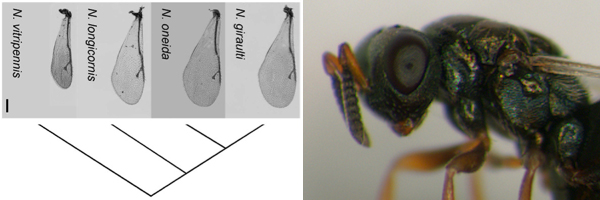Anthony will be leading a discussion of Chapter 5 – sections 5.1 and 5.2 – from Charlesworth and Charlesworth this Friday at 10AM in the graduate student lounge.
EEB Journal Club – Spring 2011
Topics for this semester’s journal club are expected to include: Y chromosome evolution (palindromes, strata); sex determination; ecological speciation; application of functional/molecular methods to comparative problems (i.e., evodevo, evolutionary physiology, and use of new sequencing and genomic methods for evolutionary problems). We are expecting these topics to expand or change as we go along, and we are open to other topics as well. Please feel free to email me if you want to sign up for a date. – Dave Lambert
Jan 25: Y-chromosome palindromes (Geneva)
Feb 1: Carroll, wing patterning (Lambert)
Feb 8: More Y-chromosome evolution, strata? (Landeen)
Feb 15: (Loehlin)
Feb 22: (Unckless)
Seminar by Xiao Liu
Xiao Liu from Stuart Kim’s lab at Stanford University is in town today and tomorrow presenting on his work with C. elegans. Today he discussed a method to quantify gene expression at the individual cell level in C. elegans (Liu et al. 2009). Tomorrow at 10AM in Hutch 316, he will tell us more about how he plans to expand on this work in the years to come.
Check Out the New Anolis Blog
Some of us from the Glor Lab are involved in editing and writing a new blog dedicated to Anolis lizards. Check it out!
Dicky’s Tonight (Thursday)
Spring 2011 Topics
Topics this semester will meet on Mondays and Wednesdays at 10 am in 316 Hutch. Drs. Garrigan, Orr and Werren (respectively) will lead the sections outlined below:
Introduction to Coalescent Theory (Garrigan)
Jan 19 – Fundamentals of the coalescent
Jan 24 – Genetic variation and the coalescent
Jan 26 – Genetic variation and the coalescent, pt. II
Jan 31 – The structured coalescent
Feb 2 – The structured coalescent, pt. II
Feb 7 – Separation of time scales
Feb 9 – The coalesecent with recombination
Feb 14 – Coalescent based inference
Introduction to Classical Population Genetics (Orr)
Feb 16 – Mar 28
Levels of Selection, Selfish DNA, & Genetic Conflict (Werren)
Mar 30 – Apr 27
EEB Seminar: David Loehlin on the Genetic Basis of Wing Size Evolution in Nasonia
David Loehlin from the Werren Lab will be presenting the latest on his thesis work on Nasonia wing size evolution for this Friday’s EEB seminar. See you there!
Update from Glor Lab in the Dominican Republic
 I’m down in the Dominican Republic along with graduate students Daniel Scantlebury and Anthony Geneva. We’ve enjoyed some excellent lizard hunting thusfar and have plenty of new samples for our study of ecological speciation in Hispaniolan trunk anoles. The photos above are from two recent hikes. On the left, Anthony and I are exploring a gully in the river that runs along the Recodo Road (a region that has fascinated anole biologists for decades). On the right is a shot of Dan and Anthony heading toward a patch of forest on the other side of a denuded ridge just north of Bani. Wireless internet has reached Bani, so we hope to have post stories and photos regularly on our lab webpage. We’ll be back in a bit more than a week, hopefully with plenty of lizards in tow!
I’m down in the Dominican Republic along with graduate students Daniel Scantlebury and Anthony Geneva. We’ve enjoyed some excellent lizard hunting thusfar and have plenty of new samples for our study of ecological speciation in Hispaniolan trunk anoles. The photos above are from two recent hikes. On the left, Anthony and I are exploring a gully in the river that runs along the Recodo Road (a region that has fascinated anole biologists for decades). On the right is a shot of Dan and Anthony heading toward a patch of forest on the other side of a denuded ridge just north of Bani. Wireless internet has reached Bani, so we hope to have post stories and photos regularly on our lab webpage. We’ll be back in a bit more than a week, hopefully with plenty of lizards in tow!
Application Deadline this Weekend
Anolis distichus Graces Cover of Latest PNAS

A paper that I wrote with Dan Rabosky at UC Berkeley came out in yesterday’s PNAS. We’re excited about the results of the study and the new methods introduced in our paper. I’m also psyched by the fact that the cover features one of my favorite animals: Anolis distichus vinosus from Tiburon Peninsula in Haiti. Anolis distichus is a highly geographically variable species that is the focus of ongoing work in the Glor lab by graduate students Julienne Ng and Anthony Geneva, as well as star undergraduates Audrey Kelly and Ryane Logsdon. The little bugger in this photo just could not resist the urge to display right in front of my face (the photo was taken from about two feet away with a 105mm macro lens). I’m including a large image of the cover in this post because the versions available via PNAS.org are really low quality and do little justice to the beauty of this animal.
UPDATE: More information about our article can be found in a related press release and on the Anole Annals blog.





